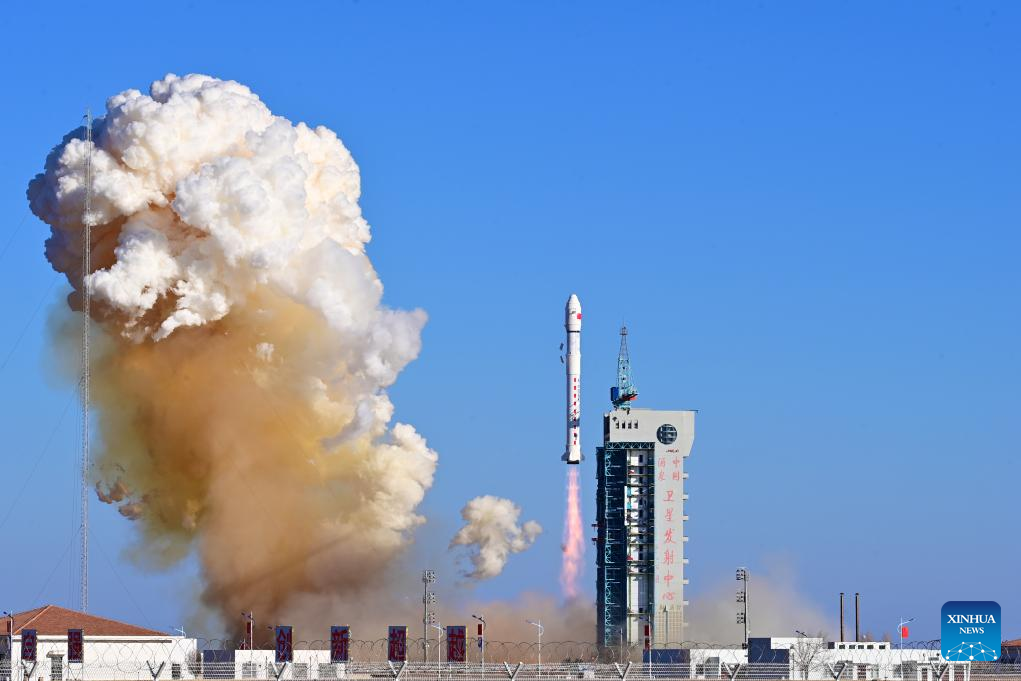China launches rocket, deploying five experimental satellites


China successfully launched a Long March 2D rocket on Thursday afternoon, placing five experimental satellites into orbit, the state-owned China Aerospace Science and Technology Corporation said.
The rocket lifted off at 3:17 pm from the Jiuquan Satellite Launch Center in the Inner Mongolia autonomous region, the corporation said in a statement. It deployed the satellites, part of a high-speed laser technology demonstration network called the Diamond Constellation, into their designated orbits.
Developed by a company affiliated with the Harbin Institute of Technology in northeastern Heilongjiang province, the satellites will test advanced technologies, officials said.
The Long March 2D rocket, powered by liquid propellants with a liftoff thrust of 300 metric tons, is capable of delivering payloads of up to 1.3 tons into sun-synchronous orbits at an altitude of about 700 kilometers. It was designed and built by the Shanghai Academy of Spaceflight Technology, a subsidiary of the China Aerospace Science and Technology Corporation.
Thursday's launch marked China's 63rd space mission this year and the 551st flight of the Long March rocket series, the country's primary launch vehicle.
- Hebei emerges as global sci-tech hub during 14th Five-Year Plan period
- Authorities publish cases on legal protection of cultural relics
- Explainer: How to understand China's major development objectives over next 5 years
- English teacher empowers students to tell Xinjiang's stories better
- Xi congratulates Paul Biya on re-election as president of Cameroon
- Xinjiang launches consumption voucher program to boost winter tourism


































